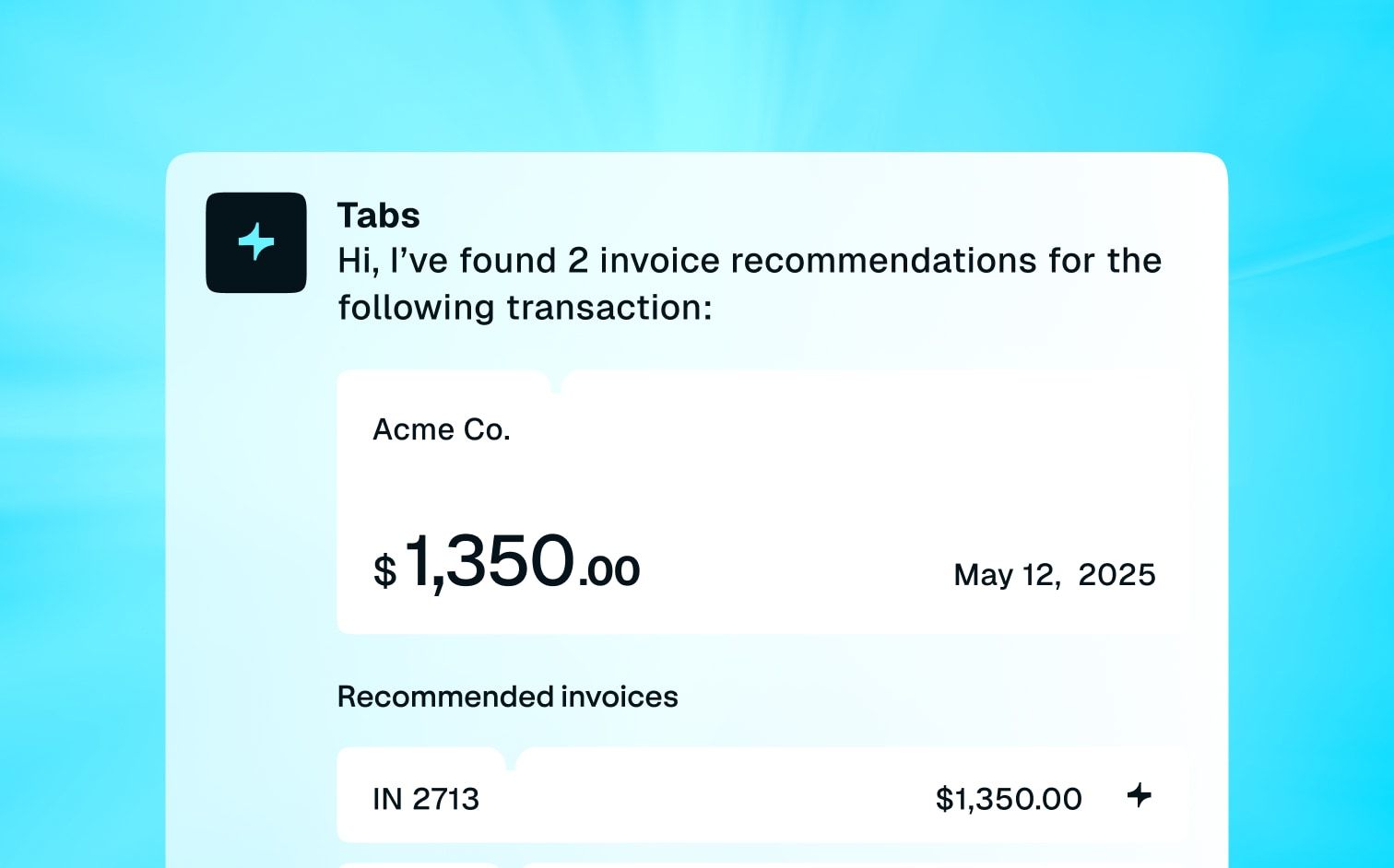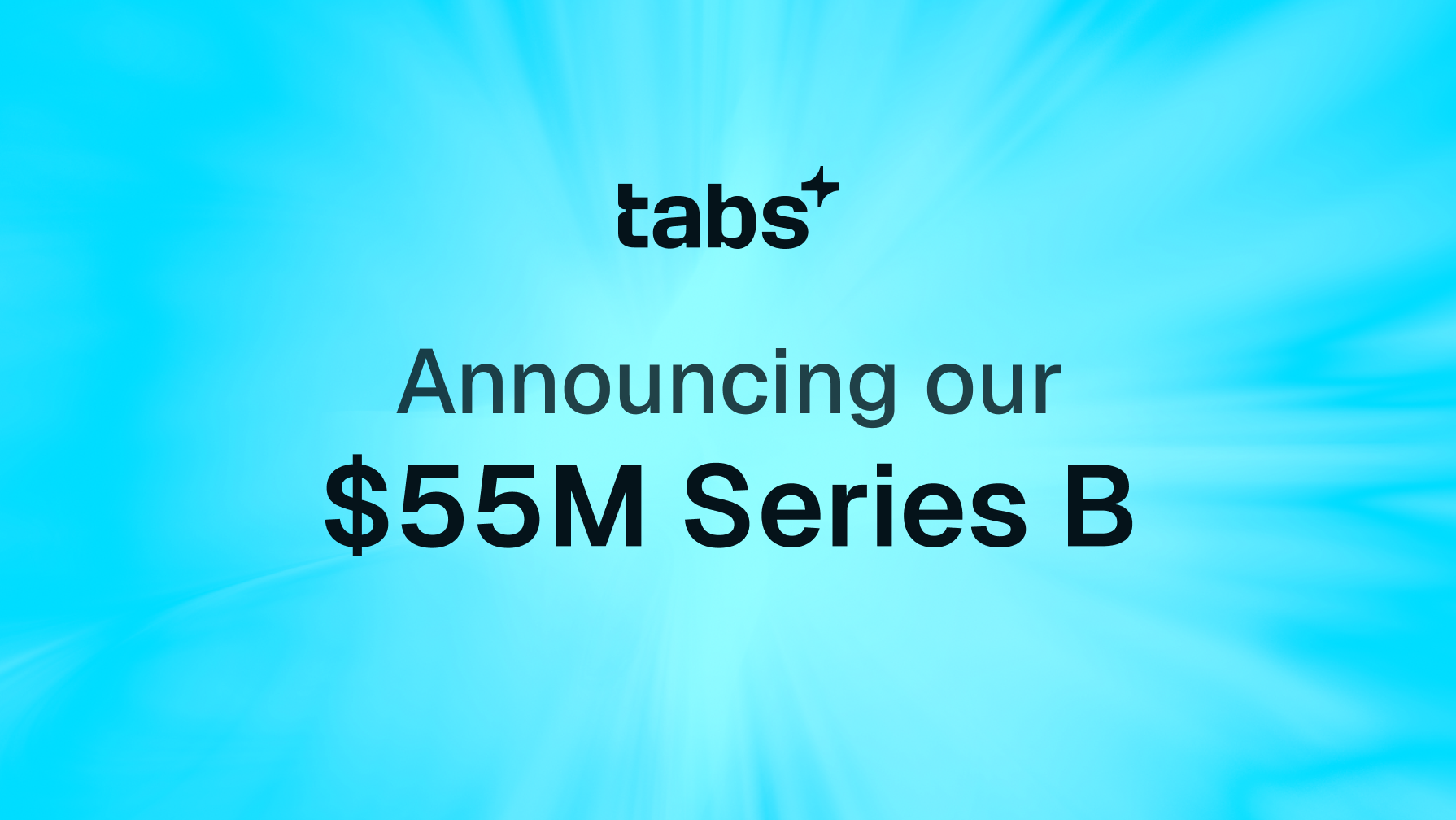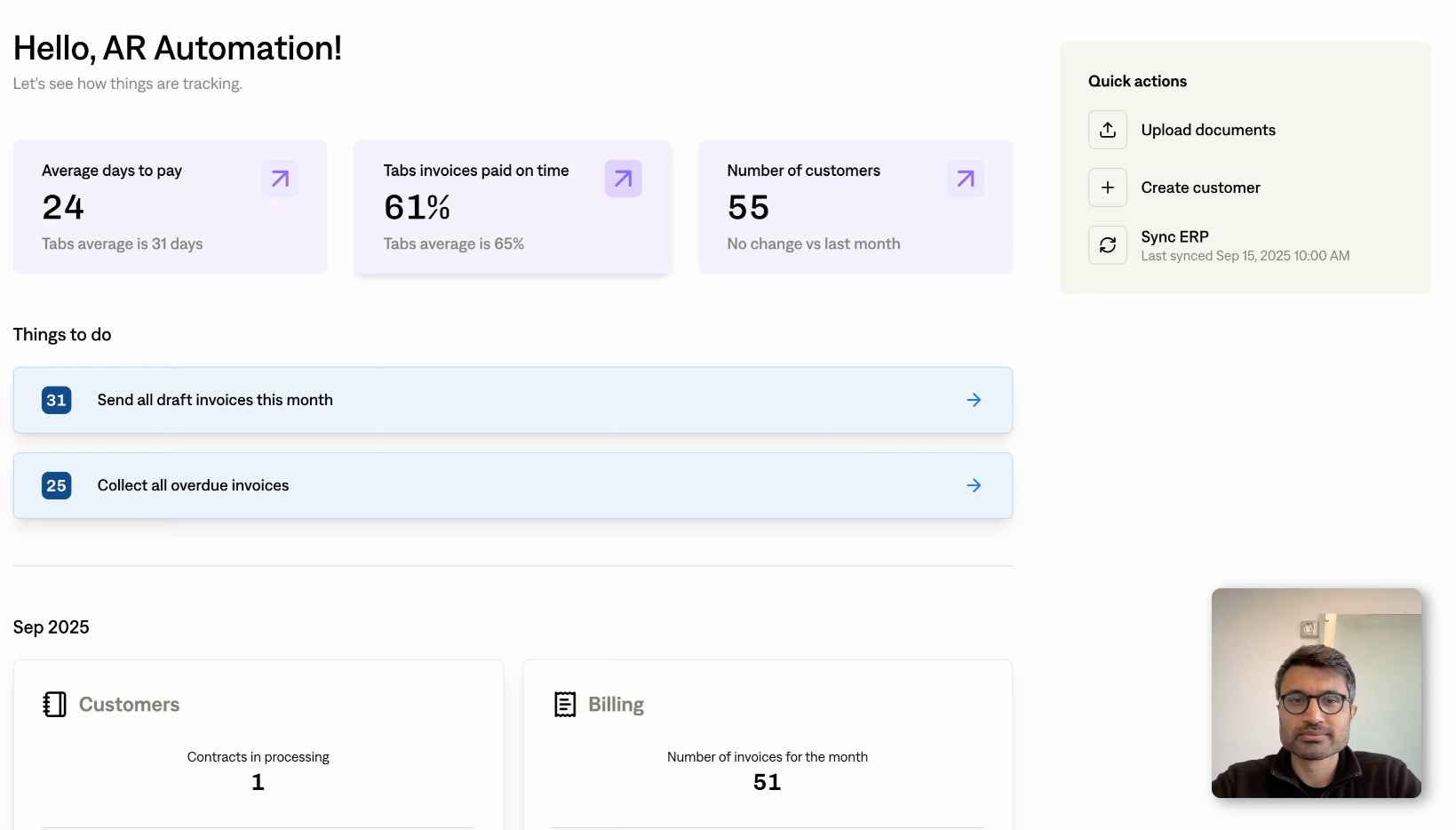Customer churn acts as a direct line of communication from your customers, telling you what's working and what's not. Understanding the customer churn definition is crucial for deciphering this message and taking action to improve your SaaS business.
Let's explore the nuances of churn, from voluntary and involuntary to active and passive. We'll examine the factors that contribute to customer churn and provide actionable strategies to reduce churn, improve customer retention, and build a thriving SaaS business.
Key Takeaways
- Churn isn't just a number: It's a conversation. Understanding your churn rate and the different ways customers leave reveals what's working and what's not within your SaaS business. Use it to make data-driven decisions.
- Get to the root of the problem: Digging deeper than the churn rate itself—looking at product issues, customer experience, pricing, and competition—helps you create a better experience for your users.
- Focus on your customers: Building strong relationships, providing consistent value, and communicating proactively are key to keeping customers happy and subscribed. A customer-centric approach is the best way to avoid lost customers.
Customer Churn Definition
Customer churn is a critical metric for any SaaS business. It's a direct measure of customer retention and a key indicator of your overall health.
Simply put, customer churn is the percentage of customers a company loses over a specific period, typically a month. It's the rate at which your subscribers cancel their subscriptions.
Investopedia provides a clear explanation of churn rate, including examples and calculations. While seemingly straightforward, understanding the nuances of churn is essential for effective management.
Why Churn Matters
For SaaS companies, a high churn rate can significantly impact revenue and profitability. Acquiring new customers is always more expensive than retaining existing ones. Some studies suggest acquiring a new customer can be up to five times more costly, making churn reduction a top priority for sustainable business growth.
High churn not only affects your bottom line but also signals underlying issues. It can indicate problems with your product, customer service, pricing, or even the competitive landscape. By monitoring and addressing churn, you gain valuable insights into customer satisfaction and identify areas for improvement. A deep dive into your churn rate can reveal what's working and what's not, allowing you to make data-driven decisions to improve your business.
Calculate Your Churn Rate
Calculating your churn rate is the first step in understanding and addressing customer loss. It’s a simple equation, but the insights it provides are essential for sustainable growth, especially for SaaS businesses. Regularly calculating your churn rate helps you understand customer behavior and make informed decisions about your product and customer success strategies.
The Churn Formula
Churn rate is expressed as a percentage. Calculate it by dividing the number of customers lost during a specific period (e.g., a month, quarter, or year) by the total number of customers you had at the beginning of that period. Then, multiply the result by 100. Here’s the formula:
(Customers Lost / Total Customers at the Start) * 100 = Churn Rate
For example, if you started the month with 500 customers and lost 25, your churn rate is 5%: (25/500) * 100 = 5%.
Tracking this metric regularly—perhaps even using automated reports for finance teams—will give you a clear picture of customer retention trends. This data is crucial for making informed decisions about your business strategy.
Interpreting Your Results
Once you’ve calculated your churn rate, the next step is understanding what it means for your business. A high churn rate can signal problems with your product, customer service, pricing, or even your overall market fit. A high churn rate can negatively impact profits and hinder growth. It's a clear indicator that something needs to change.
Conversely, a low churn rate suggests that your customers are happy and find value in what you offer. Remember, for your SaaS business to grow, your growth rate needs to exceed your churn rate. If your churn rate is higher, your business is likely shrinking.
Use your churn rate calculations to identify areas for improvement and develop strategies to keep your customers engaged and subscribed. This might involve refining your pricing model or improving your onboarding process.
Types of Churn
Understanding the nuances of churn is the first step toward reducing it. Churn comes in different forms, each with its own set of triggers and implications for your SaaS business. Let's break down the key distinctions:
Voluntary vs. Involuntary
Voluntary churn is when a customer consciously decides to end their subscription. They're actively choosing to leave, often due to factors within your control, such as pricing, features, or customer service. Think of it as a customer voting with their wallet—they're not seeing enough value to justify the cost. Perhaps they found a competitor offering a better pricing model or a more robust feature set.
Understanding the reasons behind voluntary churn is crucial for improving your offering and retaining customers.
Involuntary churn, on the other hand, happens outside the customer's direct control. Their subscription lapses due to circumstances like failed payments from an expired credit card or technical issues with the payment processing system. While you might not be directly responsible for these issues, you can mitigate their impact. Implementing features like automated dunning management and offering multiple payment options can significantly reduce involuntary churn.
Active vs. Passive
The distinction between active and passive churn adds another layer to understanding customer departures. Active churn, similar to voluntary churn, involves a customer deliberately canceling their subscription. They take clear action to end their relationship with your service. This often follows a period of declining engagement, signaling their growing dissatisfaction.
Passive churn is a bit more subtle. These customers don't explicitly cancel; their subscription ends due to inactivity or a failure to renew. They might have simply forgotten about their subscription or found a free alternative that meets their basic needs. While passive churn might seem less alarming than active churn, it still represents lost revenue.
Regularly connecting with your users is important. Show them new features and highlight the value of your service. This can help reduce passive churn. Keeping your product in their minds is key.
Automated reports can help you identify users at risk of passive churn, allowing you to proactively intervene and re-engage them.
Factors Contributing to Churn
For SaaS companies, understanding why customers leave is crucial for growth. Pinpointing the root causes of churn helps you address issues and improve customer retention. Let's explore some common factors that contribute to churn:
Product or Service Issues
Sometimes, the product itself is the problem. It might not meet customer needs, lack essential features, or simply have poor market fit. Regularly gathering customer feedback and conducting thorough product testing can help you identify areas for improvement and ensure your product stays relevant and valuable. If your product falls short of expectations, customers will look elsewhere.
Poor Customer Experience
A negative customer experience can quickly lead to churn. Long wait times for support, unhelpful documentation, or a confusing user interface can frustrate customers and push them toward competitors. Prioritizing customer support and creating a seamless, user-friendly experience are essential for keeping customers happy and engaged. Unhappy customers can also leave negative reviews, harming your reputation and making it harder to attract new customers.
Pricing and Value
Pricing plays a significant role in customer churn. If your pricing is too high compared to competitors offering similar value, customers may switch. Conversely, pricing that's too low can raise questions about your product's quality or perceived value. Finding the right balance and clearly communicating the value your product offers is key to attracting and retaining customers.
Consider offering flexible pricing plans to cater to different customer needs and budgets. Robust reporting on key metrics can also provide valuable insights into your financial performance.
Competition
In the competitive SaaS landscape, customers often have many options. Competitors may offer better features, more attractive pricing, or a superior customer experience.
It is important to know what your competitors are doing. You should also keep innovating to stay ahead. This helps reduce customer loss from competition.
Offering unique features and benefits that differentiate your product can help you retain customers even when competitors enter the market. Simplifying revenue recognition can also help you stay ahead by providing a clearer picture of your financial health.
Churn's Impact on Your Business
For SaaS companies, understanding the customer churn definition is crucial for long-term success. It's more than just lost revenue; churn creates a ripple effect across your entire business. Let's explore some key areas where churn hits hardest.
Financial Consequences
Customer churn can significantly impact your bottom line. A high churn rate directly affects your Monthly Recurring Revenue (MRR), making it difficult to predict future revenue and secure funding. Acquiring new customers is typically more expensive than keeping existing customers, so a high churn rate forces you to spend more on marketing and sales just to maintain your current customer base. This can create a challenging cycle where acquisition costs outweigh the revenue generated by new customers, hindering profitability and growth.
Tools like Tabs' robust reporting features can help you monitor your MRR and other key financial metrics, allowing you to identify potential churn issues early on.
Brand Reputation
The impact of churn extends beyond your finances. Unhappy customers often share their negative experiences through online reviews and word-of-mouth, which can damage your brand reputation. A negative brand image makes it harder to attract new customers, as potential clients may hesitate to trust a company with a history of unhappy users. Prioritizing customer satisfaction and proactively addressing issues can help you build a positive brand reputation and foster customer loyalty.
Customer Lifetime Value
Churn directly influences customer lifetime value (CLV). CLV represents the total revenue you expect from a single customer throughout their relationship with your company. A high churn rate shortens the customer lifespan, resulting in lower CLV. This makes it harder to recoup your customer acquisition costs and achieve sustainable growth.
Focusing on customer retention strategies and maximizing the value you provide to each customer can significantly increase CLV and boost your overall profitability. Understanding the true value of potential customer churn empowers you to make informed decisions about customer relationship management and resource allocation.
Identify At-Risk Customers
Losing customers is a natural part of doing business, but high churn rates can signal underlying problems. Identifying at-risk customers early is key to preventing churn and keeping your SaaS business healthy. This involves understanding the warning signs and leveraging data to predict which customers are most likely to leave.
Early Warning Signs
Several red flags can indicate a customer is at risk of churning. A decrease in product usage is a major one. If a customer who once logged in daily now only logs in weekly, it's a sign they're finding less value in your product. Similarly, a drop in customer support tickets might seem positive at first, but it could mean a customer has given up on seeking help and is planning to leave quietly.
Pay attention to changes in their engagement with your marketing emails, too. A sudden disinterest in your newsletters or promotional offers could signal waning interest. Direct feedback, like negative reviews or survey responses, provides valuable insight and shouldn't be ignored. Finally, keep an eye on contract renewal dates. Hesitation or delayed responses during the renewal process can indicate a customer is considering other options.
Using Data for Churn Prediction
While these early warning signs are helpful, data-driven insights provide a more precise way to predict and prevent churn. Tracking specific metrics related to customer behavior can reveal patterns that indicate risk. For example, monitoring the frequency and type of customer support interactions can highlight areas of friction. If a customer consistently contacts support about the same issue, it suggests a problem with your product or their understanding of how to use it.
By analyzing data on product usage, support tickets, and other key metrics, you can identify at-risk customers before they churn. The key is to identify the data points most relevant to your customer base and use them to proactively address potential churn. As this article on churn metrics points out, understanding the right metrics empowers you to keep users engaged with your product.
Reduce Customer Churn
For SaaS companies, a high churn rate quickly erodes revenue and makes sustainable growth nearly impossible. So how do you keep your customers happy and subscribed? Here are a few key strategies:
Improve Onboarding
First impressions matter. A smooth onboarding experience is crucial for setting new customers up for success. A well-structured onboarding process ensures customers understand the value of your software and how to use it effectively. This can involve personalized welcome messages, interactive tutorials, and readily available support resources.
The faster customers see value, the more likely they are to stick around.
Enhance Customer Support
Excellent customer support is essential for reducing churn. Customers inevitably run into issues, and how you handle those issues dictates whether they stay or leave. Providing multiple support channels—like email, live chat, and a comprehensive knowledge base—gives customers the flexibility to find solutions in a way that works best for them.
Self-service resources are particularly valuable, as many customers prefer to troubleshoot problems independently. Empowering customers to solve their own problems quickly can significantly improve their overall experience and reduce frustration.
Implement Loyalty Programs
Loyalty programs can be a powerful tool for encouraging customer retention. These programs reward customers for their continued subscription and engagement with your product. Exclusive content, early access to new features, or discounts on long-term subscriptions can incentivize customers to stay with your company. A well-designed loyalty program not only reduces churn but also fosters a sense of community among your users.
Personalize Customer Experiences
Personalization is key to creating a positive customer experience. Tailoring your communication and product offerings to individual customer needs shows that you value their business. This could involve personalized recommendations, targeted email campaigns, or customized in-app experiences. Personalized engagement strengthens the customer relationship and makes them feel more connected to your brand, ultimately increasing their likelihood of staying subscribed.
Measure and Manage Churn Reduction
Once you’ve implemented strategies to reduce churn, consistent measurement is key to understanding their effectiveness. Tracking the right metrics and leveraging technology helps you gain valuable insights into customer behavior and refine your approach over time.
Key Metrics
Several metrics offer valuable insights into customer retention. Regularly monitoring these metrics helps you identify trends, spot potential issues, and demonstrate the impact of your churn reduction efforts. Here are a few key metrics to consider:
- Customer Churn Rate: This is the most fundamental metric, showing the percentage of customers who cancel their subscriptions within a specific timeframe. A lower churn rate indicates better customer retention.
- Customer Retention Rate (CRR): The inverse of churn rate, CRR measures the percentage of customers you retain over a given period. A high CRR is a positive sign of customer loyalty and satisfaction.
- Net Promoter Score® (NPS): NPS gauges customer loyalty by asking how likely customers are to recommend your product or service. It provides a quick snapshot of overall customer sentiment and is one of the top customer satisfaction metrics.
- Customer Lifetime Value (CLV): CLV represents the total revenue you expect from a single customer throughout their relationship with your company. Increasing CLV demonstrates the long-term success of your retention strategies.
- Repeat Purchase Rate (RPR): For businesses with both subscription and transactional revenue streams, RPR measures how often customers make additional purchases beyond their subscriptions.
Technology's Role
Technology plays a crucial role in effectively measuring and managing churn reduction. Leveraging the right tools can streamline data analysis, automate reporting, and provide predictive insights.
- Automated Reporting and Dashboards: Platforms like Tabs offer robust reporting features that consolidate key metrics into easy-to-understand dashboards. This saves you time and provides a clear overview of your churn reduction progress.
- Churn Prediction Models: Some platforms use machine learning algorithms to identify at-risk customers based on their behavior and usage patterns. This allows you to proactively intervene and offer targeted support to prevent churn.
- Customer Relationship Management (CRM) Systems: CRMs provide a centralized view of customer interactions, allowing you to track customer feedback, support tickets, and other relevant data. This information can help you identify pain points and personalize your retention efforts.
By combining the right metrics with powerful technology, you can gain a deeper understanding of customer behavior, optimize your churn reduction strategies, and ultimately drive sustainable growth for your SaaS business.
Create a Customer-Centric Approach
A customer-centric approach is the bedrock of reducing churn and fostering long-term customer relationships. This approach prioritizes understanding and meeting customer needs at every touchpoint. By focusing on building strong relationships, delivering consistent value, and communicating proactively, you can create a loyal customer base that champions your product and contributes to your bottom line.
Build Strong Relationships
Building strong customer relationships is more than just friendly interactions; it's about showing genuine interest in their success. Regularly check in with your customers—don't just wait for them to reach out with problems. Schedule periodic calls to discuss their experience, gather feedback, and identify potential pain points before they escalate. This proactive approach demonstrates that you value their business and are invested in their success.
Think of these check-ins as relationship-building exercises, not just support calls. This personal touch can significantly impact customer loyalty and reduce customer churn. For example, you can use a CRM to track customer interactions and identify opportunities for personalized outreach.
Deliver Consistent Value
Your SaaS product should consistently deliver on its promises. Regularly assess whether your product meets customer expectations and identify areas for improvement. Providing self-service resources, like a comprehensive knowledge base or FAQs, empowers customers to solve problems independently. This reduces frustration and reinforces the value of your product.
Consider offering regular webinars or training sessions to help customers maximize the benefits of your software. By consistently exceeding expectations, you solidify your product's value and reduce the likelihood of customers seeking alternatives.
Proactive Communication
Proactive communication is key to a successful customer-centric approach. Anticipate customer needs and address potential issues before they arise. For instance, if you're planning a system update, inform customers in advance, outlining the changes and benefits. This transparency builds trust and minimizes disruptions.
Similarly, if you notice a customer isn't utilizing a key feature that could benefit them, reach out and offer personalized guidance. Use Tabs' automated invoicing to trigger personalized messages based on customer behavior. This proactive communication demonstrates your commitment to their success and strengthens the customer relationship.
Overcome Churn Reduction Challenges
Successfully reducing churn isn't a quick fix; it's an ongoing process. You'll likely encounter some bumps in the road. Let's explore some common challenges and how to address them.
Manage Data Overload
As a SaaS company, you're likely swimming in data. Everything from website analytics to customer support interactions provides valuable insights. However, this wealth of information can quickly become overwhelming. The key is to focus on the data that directly impacts churn.
Identify key performance indicators (KPIs) like customer lifetime value (CLTV), Monthly Recurring Revenue (MRR), and customer engagement metrics. Remember, the best strategy to reduce churn is to clearly communicate your product's value. For example, if your product simplifies complex processes, make sure your customers understand and appreciate that benefit. Highlight successful use cases and quantify the value your product delivers.
Allocate Resources
Reducing churn requires a dedicated effort. You'll need to allocate resources—time, budget, and personnel—effectively. A proactive customer retention program is essential. This might involve investing in improved customer support tools, creating engaging content, or developing personalized onboarding experiences.
Prioritize initiatives that directly address the root causes of churn identified through your data analysis. For example, if you find that billing issues are a major driver of churn, explore how automated billing software can streamline the process and reduce friction. Features like automated invoicing and flexible payment options can significantly improve the customer experience.
Consider offering different pricing tiers to cater to various customer needs and budgets. This can help you attract a wider audience and reduce price-sensitive churn.
Train & Reward Employees
Clearly communicate the importance of churn reduction and how it benefits the entire company, from increased revenue to a stronger brand reputation. Provide training and resources to help your team embrace a customer-centric approach. When employees understand the value of customer retention and are empowered to contribute, they become your greatest asset in fighting churn.
Building loyalty requires making customers feel valued, and that starts with empowering your team. Consider implementing incentives that reward employees for contributing to customer retention efforts. This could include bonuses tied to churn reduction targets or recognition programs that highlight exceptional customer service.
Related Articles
- Reducing SaaS Churn: Proven Strategies
- Customer Churn Meaning: A Guide for SaaS Businesses
- Understanding Client Churn: A Complete Guide for Your Business
- Customer Attrition: How to Reduce Churn & Improve Retention
- Churn Rate: The Ultimate Guide to Reducing Customer Loss
Frequently Asked Questions
What's the difference between voluntary and involuntary churn?
Voluntary churn happens when a customer actively chooses to cancel their subscription. This often stems from dissatisfaction with your product, pricing, or customer service. Involuntary churn, however, occurs due to circumstances outside the customer's control, such as failed payments due to an expired credit card. While you might not be directly responsible for involuntary churn, you can mitigate it through measures like automated dunning management and offering multiple payment options.
How can I tell if a customer is at risk of churning?
Several warning signs can indicate a customer is considering leaving. Decreased product usage, a drop in support tickets, disengagement with marketing emails, and negative feedback are all potential red flags. Hesitation during contract renewals is another key indicator. Leveraging data analytics and reporting tools can help you identify these patterns and proactively address potential churn.
What are the most important metrics for measuring churn?
Key metrics include customer churn rate, customer retention rate, Net Promoter Score (NPS), customer lifetime value (CLV), and repeat purchase rate. Monitoring these metrics provides a comprehensive view of customer behavior and the effectiveness of your retention strategies. Utilize reporting tools and dashboards to visualize this data and gain actionable insights.
What's the biggest mistake companies make when trying to reduce churn?
One of the most common mistakes is focusing solely on reactive measures rather than proactive strategies. Addressing customer issues after they've decided to leave is often too late. Instead, prioritize building strong customer relationships, providing exceptional customer service, and proactively identifying potential churn risks. A customer-centric approach that emphasizes ongoing engagement and value delivery is key to long-term retention.
How can I get my team on board with churn reduction efforts?
Clearly communicate the importance of churn reduction and how it benefits the entire company. Highlight the financial impact of churn and the positive effects of improved customer retention on revenue and brand reputation. Provide training and resources to empower your team to adopt a customer-centric approach. Consider implementing incentives that reward employees for their contributions to customer retention.





